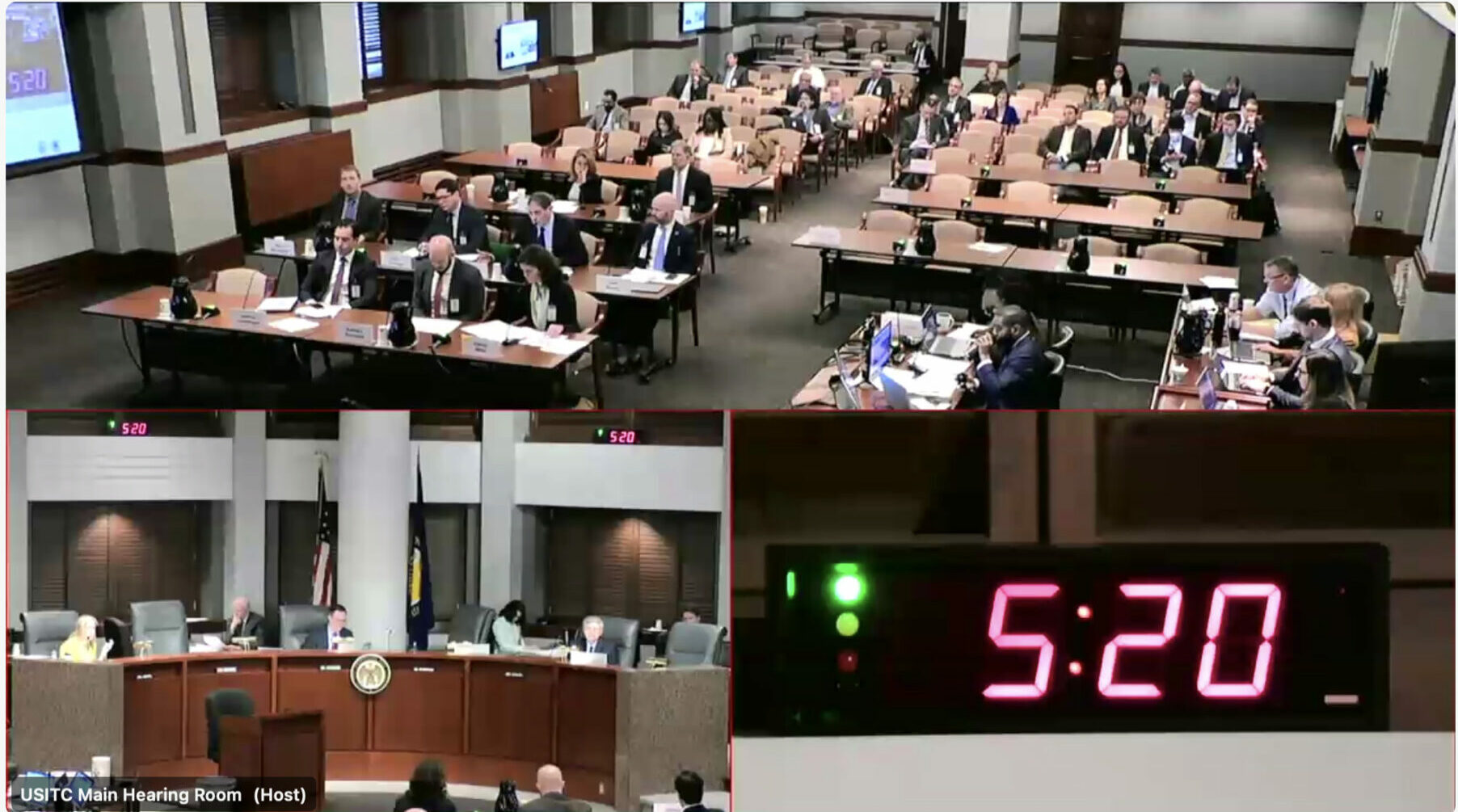Federal Circuit Patent Watch: IPR petitioner not required to anticipate and raise analogous art arguments in petition | WilmerHale
Precedential Federal Circuit Opinions
1. HIP, INC. v. HORMEL FOODS CORPORATION (2022-1696, 5/2/23) (Lourie, Clevenger, and Taranto)
Lourie, J. The Court reversed the district court’s decision regarding joint inventorship pursuant to 35 U.S.C. § 256. An inventor must make a contribution to the claimed invention that is not insignificant in quality, when that contribution is measured against the dimension of the full invention. Here, the relevant individual did not qualify as a joint inventor where his alleged contribution of preheating meat pieces using an infrared oven—mentioned only once in the patent specification as an alternative method to a microwave oven, and recited only once in a single claim (in a Markush group reciting a microwave oven, an infrared oven, and hot air)—was insignificant in quality when measured against the dimension of the full invention, which squarely focused on a preheating step using a microwave oven.
2. UNITED CANNABIS CORPORATION v. PURE HEMP COLLECTIVE INC. (22-1363, 5/8/23) (Lourie, Cunningham, and Stark)
Stark, J. The Court affirmed the district court’s decision denying defendant’s motion for attorney fees and sanctions. The district court did not abuse its discretion in finding the case unexceptional. Defendant had voluntarily dismissed its inequitable conduct counterclaims. And, even assuming it were theoretically possible for defendant to satisfy its burden on the motion by pointing to undisputed facts, the record revealed genuine factual disputes on the elements of specific intent to deceive the Patent Office and materiality of the allegedly undisclosed prior art reference. Defendant additionally argued for fees and sanctions based on plaintiff’s attorneys alleged conflict of interest. That argument was waived and also lacked merit insofar as there was no evidence that plaintiff’s attorneys had prosecuted and obtained identical patents for plaintiff and another client. The Court also found that defendant-appellant’s appeal, though extremely weak, was not frivolous as filed or as argued. The Court took the opportunity to remind counsel of their obligation not to lightly launch attacks on one another’s integrity and most certainly not to do so without a sound basis and solid evidence.
3. SANOFI-AVENTIS DEUTSCHLAND GMBH v. MYLAN PHARMACEUTICALS INC. (21-1981, 5/9/23) (Prost, Reyna, and Cunningham)
Prost, J. The Court reversed the Patent Trial and Appeal Board’s decision finding the challenged claims unpatentable. Petitioner did not make the analogous art argument on which the Board’s obviousness finding relied—that the relevant reference was analogous to the challenged patent. Instead, petitioner argued that the relevant reference was analogous to another prior art reference and not the challenged patent. In evaluating whether a reference is analogous, a patent challenger must compare the reference to the challenged patent. Even if a reference is analogous to one problem considered in another reference, it does not necessarily follow that the reference would be analogous to the problems of the challenged patent. A petitioner is not required to anticipate and raise analogous art arguments in its petition, and can instead use its reply to explain how prior art is analogous art, but here, petitioner failed to do so. Because petitioner did not properly support its argument that the relevant reference was analogous art to the challenged patent, the Board’s obviousness conclusion was not supported by substantial evidence.
4. BOT M8 LLC v. SONY INTERACTIVE ENTERTAINMENT LLC (22-1291, 5/9/23) (Reyna, Mayer, and Cunningham)
Cunningham, J. The Court affirmed the Patent Trial and Appeal Board’s decision finding all challenged claims unpatentable. The challenged patent concerned a gaming machine that authenticates certain data and has both a motherboard and a different board. The relevant aspect of the claims required that the “game program” be written to the motherboard only after the game program has been authenticated. The Court rejected a claim construction that would have further precluded writing any data—game program or not—to the motherboard before authenticating the game program. Assuming that the claims did preclude writing any portion of the game program to the motherboard before authenticating the game program, plaintiff failed to demonstrate that the Board actually relied—or even might have relied—on a construction that permits writing portions of the game program to the motherboard before authenticating the game program. The Court also held that substantial evidence supported the fact findings underpinning the Board’s obviousness determination, where the Board credited petitioner’s expert’s explanation of why the prior art itself supplied a motivation to combine.






